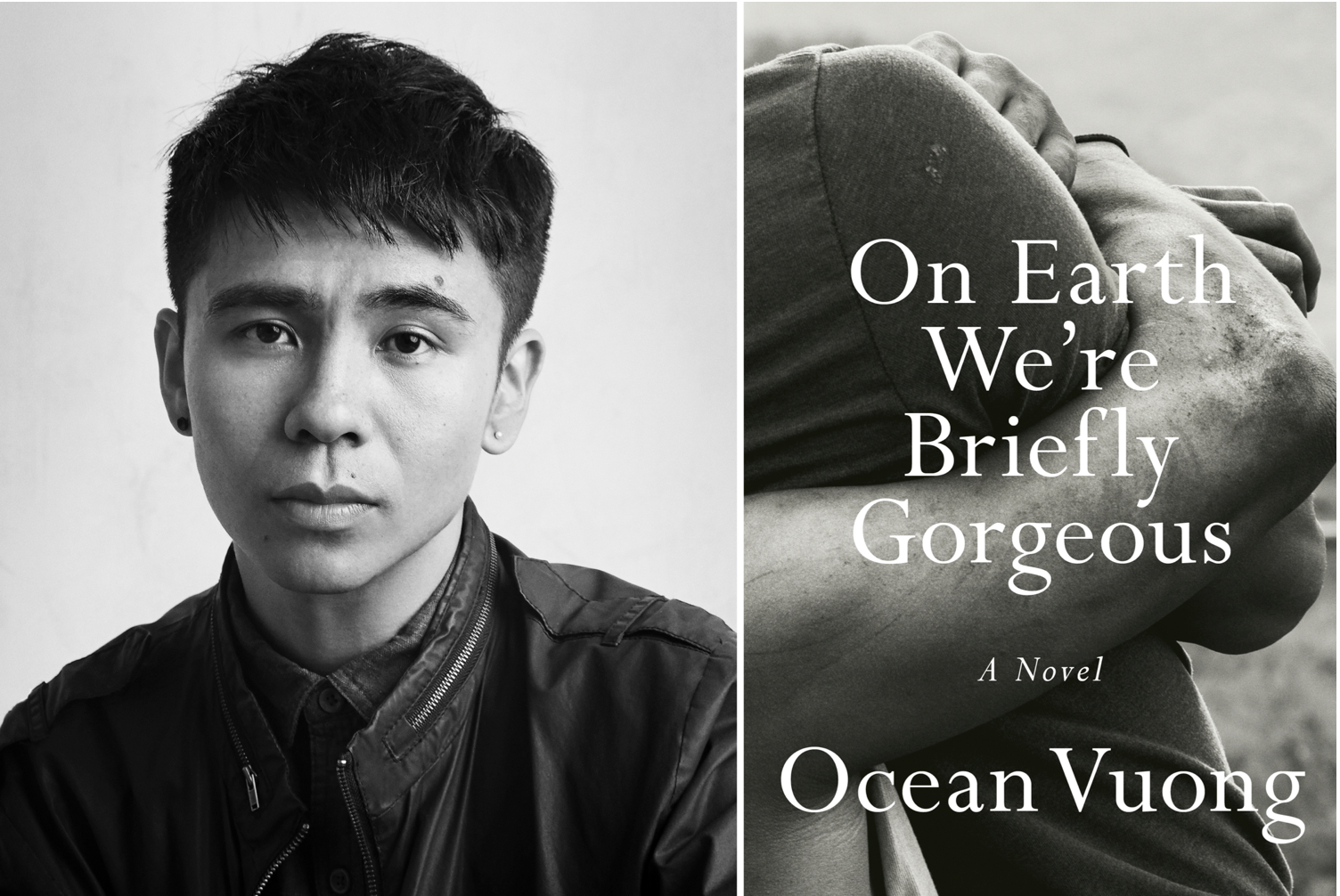Self-Labeling with a Pink Triangle
The Pink Triangle, a Nazi Holocaust marker for homosexuals, was reclaimed by activists in the 1970s and has become a way to self-identify as queer without tipping off the larger public. Even after
the visibility of ACT UP, it is largely a secret code.
The Pink Triangle has become a way to connect with others. Some personal examples:
One day in the 1980s, I stopped on I-89 in Vermont to help a stranded motorist because they had a Pink Triangle bumper sticker.
At a meditation retreat in 1996, I wore a Pink Triangle enamel pin during registration. By the time I was through that process, half a dozen LBGT people at the retreat had gathered around me and we became instant friends.
When my husband and I first met, we both had Pink Triangle pins.
This dance of stepping up and stepping back, of passing and hiding, of public and private, is an active question in my life. What is it be be queer today?
As one way to explore that, I modified some self portraits using a pink triangle as a "stamp", trying various ways to incorporate it as a visual element. The dates on these images are that of the original and the 2020 update.
 |
| Larry Wolf, Pink Triangle Series (1952/2020) |
 |
| Larry Wolf, Pink Triangle Series (1965/2020) |
 |
| Larry Wolf, Pink Triangle Series (1975/2020) |
 |
| Larry Wolf, Pink Triangle Series (1975/2020) |
 |
| Larry Wolf, Pink Triangle Series (1978/2020) |
 |
| Larry Wolf, Pink Triangle Series (1978/2020) |
 |
| Larry Wolf, Pink Triangle Series (1978/2020) |
 |
| Larry Wolf, Pink Triangle Series (1979/2020) |
 |
| Larry Wolf, Pink Triangle Series (1979/2020) |
 |
| Larry Wolf, Pink Triangle Series (1980/2020) |
 |
| Larry Wolf, Pink Triangle Series (1998/2020) |
 |
| Larry Wolf, Pink Triangle Series (1998/2020) |
 |
| Larry Wolf, Pink Triangle Series (2000/2020) |
 |
| Larry Wolf, Pink Triangle Series (2019/2020) |
 |
| Larry Wolf, Pink Triangle Series (2020) |
 |
| Larry Wolf, Pink Triangle Series (2020) |
 |
| Larry Wolf, Pink Triangle Series (2020) |






















































